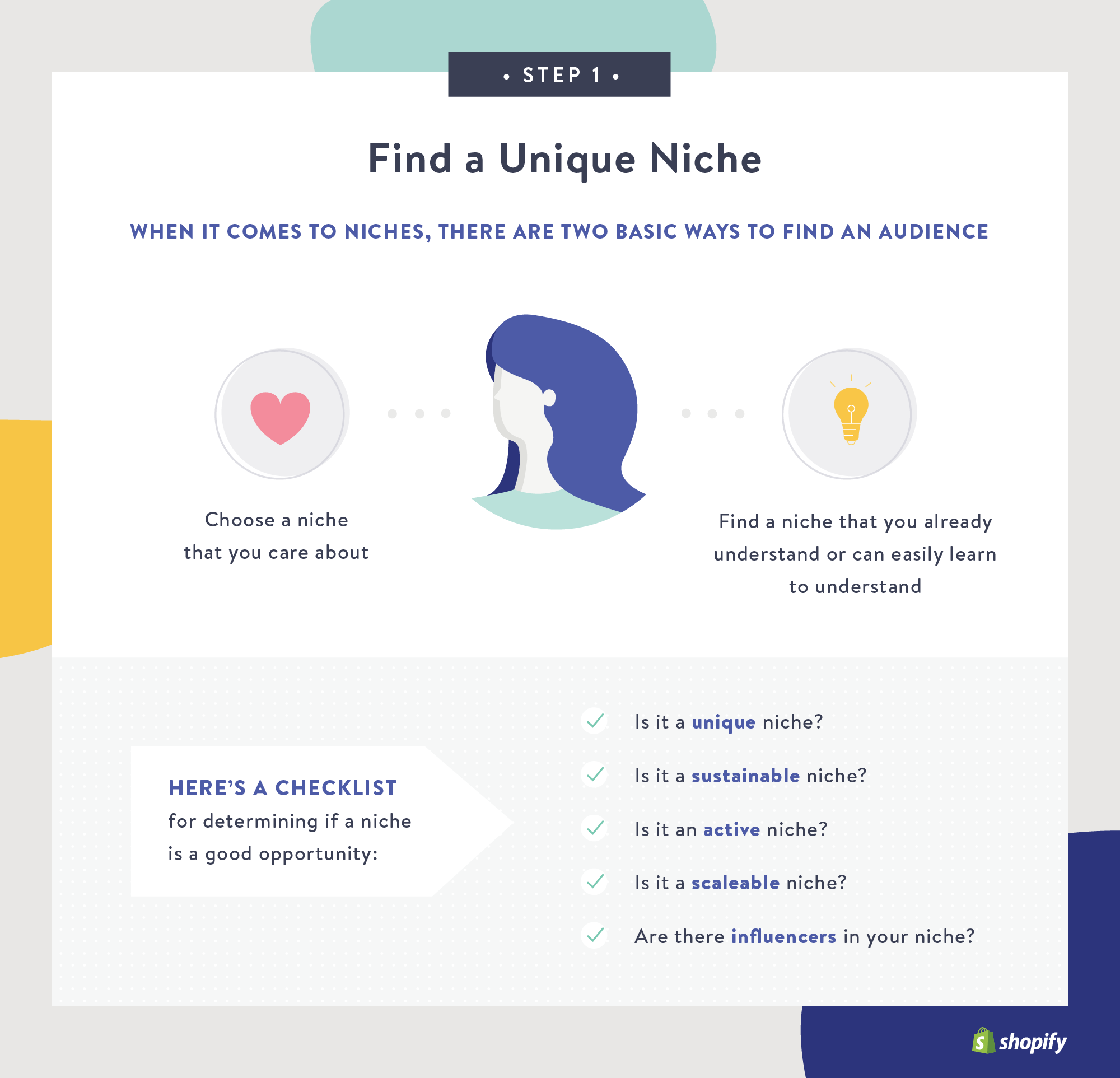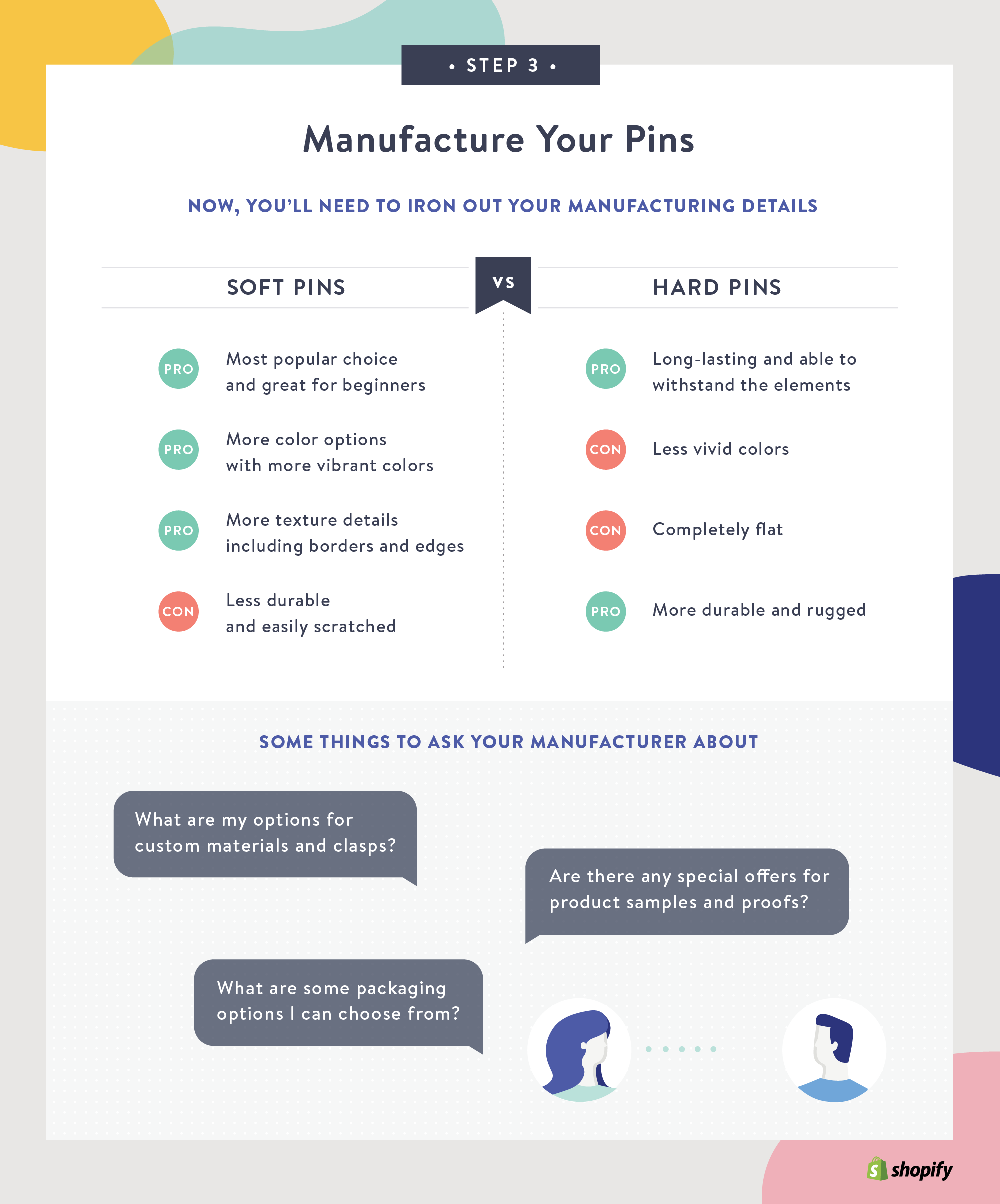Here are some of the best online business tools and resources we’ve found to help you take your business off the charts.
LIST BUILDING & LEAD GENERATION TOOLS
PopupAlly Pro: Finally, the popup dilemma is over! If you’ve heard that popups increase conversions but haven’t wanted to alienate and annoy your visitors, then this is for you. We’ve build this premium WordPress theme from the ground up with conscious business owners like you in mind: it’s elegant, polite, and it helps you build your list faster, too!
Google Analytics: Ahhh, if there is one free tool I can’t live without it’s this one. Having Google Analytics installed on your WordPress site means you’ll know who is coming to your website, how long they stay, where they came from, and whether they joined your list and bought or not. This is all priceless information!
LeadPages: If you want to create simple and beautiful opt-in pages and sales pages, this is the system to do it in just 5-10 minutes. I’ve been using LeadPages to create webinar invitations, opt-in pages, and thank you pages in my business and I can’t recommend it enough. It’s great especially if you’re not techy but you like things to look professional!
Meet Edgar: This super simple social media management platform allows us to schedule tweets and Facebook messages with just a few clicks. Just start adding content, like your past blog posts, some of your favorite quotes, a few questions to engage your fans… and you’re off the to the races! Then select how often you want to post to each of your accounts, and watch your engagement soar.
CoSchedule: We use this content calendar/social media management platform to schedule our blog posts and social shares across our various accounts. Since it comes with a WordPress plugin, blog posts will automatically show up in Coschedule and can be changed around with a simple drag-and-drop interface. It’s a great time saver and includes stats so you can see how your content continues to perform over time.
RECOMMENDED EMAIL MARKETING SERVICE PROVIDERS
ActiveCampaign: This all-in-one CRM and email marketing platform comes at a pretty affordable price point. It’s extremely easy to set up and use, while still retaining the ability to perform the more complex functions like automated tagging and email sequences.
Infusionsoft: This is the platform I use to run my online business ecommerce, email marketing, and customer database. It’s infinitely flexible and it has awesome features for segmenting people based on their actions, and it has great automation built in. Getting set up with Infusionsoft can take awhile, but they do have great training videos and support. Read my comparison of Infusionsoft and Ontraport here.
Ontraport: This is the alternative to Infusionsoft, which doesn’t have as many of the bells and whistles in regards to automation, but it does have other perks. One of them is the built-in membership plugin that comes with their packages. Get the full review of Ontraport versus Infusionsoft here.
Aweber: Aweber is the first email marketing service I ever signed up for, and I stayed with them for many years before making the switch to an “all in one” system. It’s dependable and delivers your emails, plus it’s pretty straight forward to set up. I feel like it’s the system that grows with you.
Mailchimp: This is a great service to get started with for free, when your list is less than 2000 subscribers. But it does have some downfalls, like list segmentation, and designing opt-in forms that are easy to use and that match your site’s designs.
KEEP YOUR WEBSITE SECURE AND SPEEDY
WPEngine: If you’re getting a lot of traffic, then I recommend and personally use WP Engine. It’s a great WordPress specific host, where a lot of the technical stuff is managed for you. No need to be a tech wizard, and they have incredible support staff, too!
Headway: This is my WordPress theme of choice, because it’s the most straight forward drag and drop platform I’ve found. There are even some awesome skins to choose from, and I recommend it to all my clients.
Backupbuddy: If you have a WordPress website, and it’s not hosted on a platform like WP Engine, then you need this plugin. You could rely on your host to make sure they have backups on hand in case anything happens, but having your backups on a local computer means you can be back up and running faster if you need it!
Sucuri: If you’re not hosted on WPEngine then I highly recommend you invest in this plugin to ensure that your site is safe and sound. I’ve seen way too many business owners have their sites hacked, get weird pharmaceutical links placed all over, and it’s just not pretty. Take your business website’s safety seriously, because it’s much easier to prevent than it is to resolve after something happens.
SOFTWARE & TOOLS TO KEEP YOUR BUSINESS ORGANIZED
Asana: Oh, if I could write a song about one tool that has made my days more productive and fun to collaborate with my team, it would be all about Asana! You can read my fullAsana review and watch a preview of how it works, but the best thing is for you to try it because it’s totally free.
Confluence: Confluence is a wiki for your company. We use it to house company operations procedures, meeting agendas and notes, planning documents and more. While Asana is for project management, Confluence is for ongoing knowledge management and overall company communications.
Scrivener: I’ve been using this program since it first came out, and it’s one of the few pieces of software that I have open 80% of the time. It’s where I write my video scripts, my sales letters and emails, and my books. It’s great to help you map out sequences of emails, and keep track of a ton of research all in one place. It’s also pretty minimal, with a lot of functionality under the hood.
You Need A Budget: I’m a recent convert to budgeting. You might think that when you’re making a lot of money in your business you won’t need a budget, but the philosophy of knowing where each dollar goes is way more empowering. I use this software on all my devices, and to organize our family budget with my husband. It’s got cool chart features that show you fun metrics, too.
Dropbox: If you collaborate with others online, Dropbox is a great way to share documents. We use this platform to upload all of our videos before they’re ready to go onto YouTube, and we also use it for documents of all types. It integrates beautifully with Asana, and connects to all your devices, too!
Echosign: If you have a lot of documents that need to be signed, this one service could save you a lot of time and paper, too. I’ve found that we can save at least 10 minutes per contract when we use Echosign, and it makes me feel good that we can do business with people quickly without cutting down more trees in the name of the law.
Many of these links are affiliate links, which means we may get a commission if you purchase. However, none of the fees of these resources have been increased to compensate us. We only recommend tools that we use personally in our business and that we believe are useful and up to our standards.







